Patient Testimonial, Stem Cell Therapy, Cerebral Palsy, Beijing Puhua International Hospital
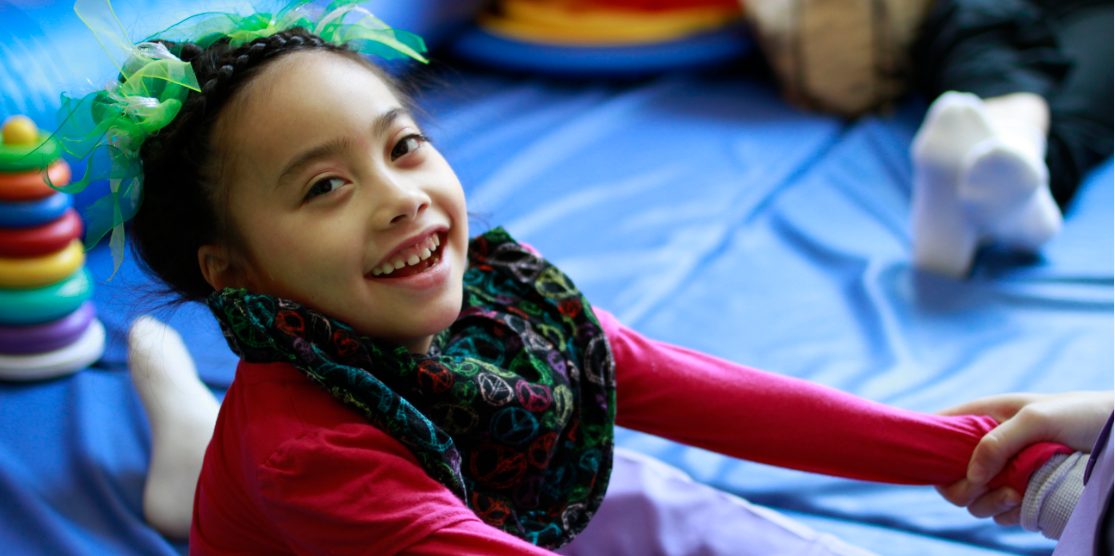
Complete Treatment Protocol for Cerebral Palsy
Cerebral palsy refers to syndrome that primarily appears as dyskinesia and is caused by non-progressive brain injury, happening from within one month after birth and in the cerebral underdevelopment period. Also CP is a common central nervous system disorder syndrome among children, lesions in the brain, involving the limbs, often accompanied by mental deficiency, epilepsy, behavior disorders, dysphrenia and visual, hearing, language disorders and other symptoms.
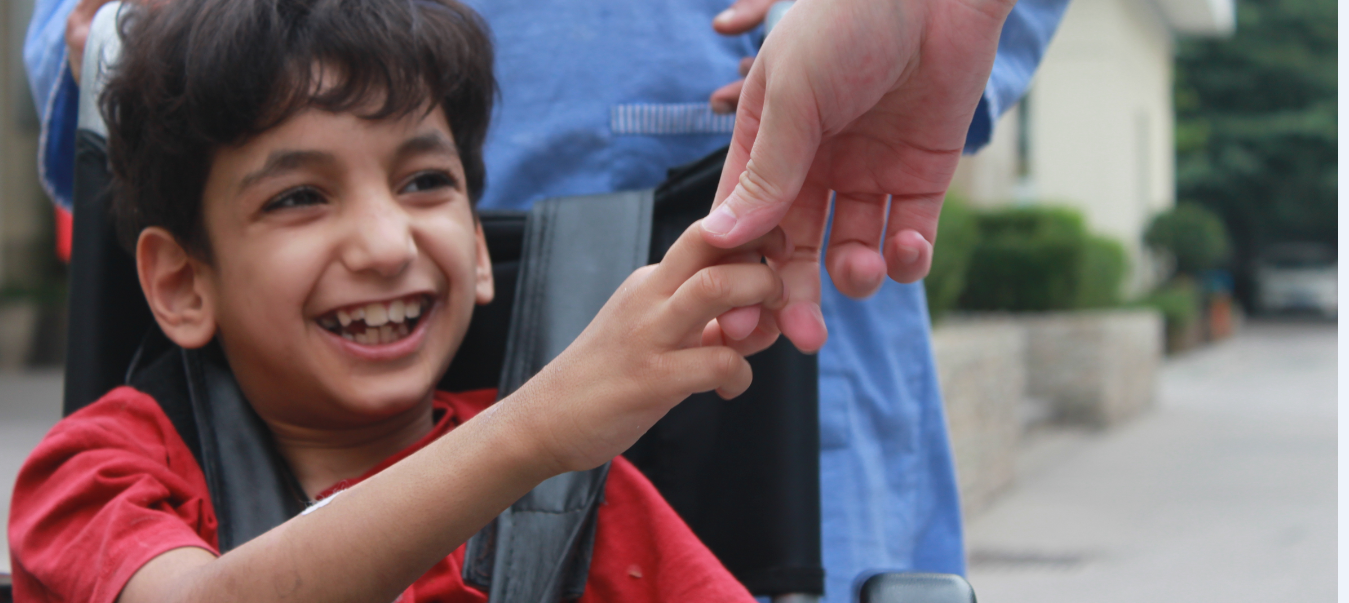
Traditional treatment of Cerebral Palsy
Treatment of infantile cerebral palsy is a systematic project, in which the combinative treatment of rehabilitation training and surgical treatment has the most outstanding effect. Among the surgical operations, functional selective spinal nerve root separation after surgery (FSPR surgery), cervical perivascular sympathectomy and other orthopaedic surgeries are well known. But surgery is not the first choice for cerebral palsy treatment because of its high risk and great side effects,.
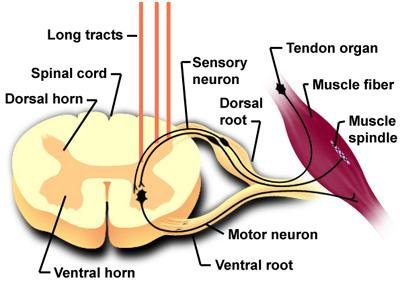
Stereotactic Cranial Neural Prosthetics is CP Patients’ First Choice
Beijing Puhua International Hospital first introduced the most advanced IGS-730 stereotactic robot and has succeeded in a large number of frameless stereotactic surgeries, also successfully applied the "Robotic Stereotactic brain tissue repair surgery" in the clinical treatment of neurological diseases. The technology reduces surgical trauma, makes operating localization accurate, improves the surgical quality greatly, overcomes the disadvantages of traditional treatment, and brings many patients with nervous system disease recovery and new life. A new era of minimally invasive diagnosis and treatment of cerebral palsy really has been opened with the birth of the technology.
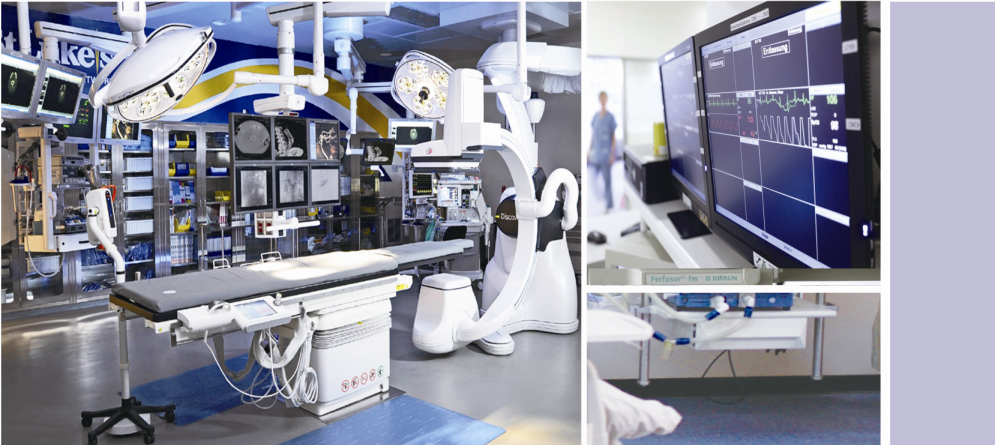
The technology is the use of robotic brain stereotaxic technique, pointing feeding bioactive substances with nerve repair effect such as nerve regeneration factors, neurotrophic factors, decomposable histocytes, etc., to the Injuries portion, repairs the damaged nervous tissues entirely, remodels neural structure, reconstructs the neural network and information conduction path, and restore the damaged motor, feeling, cognition, language and other functions.
1. Precise localization: The position, size, volume, shape and surrounding brain tissue of intracranial lesions are quickly and accurately determined by using the modern nerve video technology (such as CT, MRI, DSA, SPECT, PET, etc.) and robot stereotactic technique, with the error was less than 1 Mm.
2. Safe minimally invasive: Find the best operation path through neuronavigation and accurately damage, regulate and repair the intracranial lesions at the local anesthesia, with small surgical trauma (Pinhole diameter is less than 1cm) and short operation time, the whole operation can be completed in an awakened state under local anesthesia, so that urgical safety factor is high.
3. Fast onset of action: Robotic brain stereotactic surgery for the treatment of brain functional diseases can quickly effect, such as the nucleus destroying surgery can immediately effect after the implementation of destroying, like tremor, stiffness, dystonia, gait abnormalities and other symptoms can be quickly relieved.
4. Quicker postoperative recovery: The postoperative recovery is fast due to precise localization, minimal trauma and shorter time in the surgery, so only 5 to 7 days after surgery then patients can be discharged.
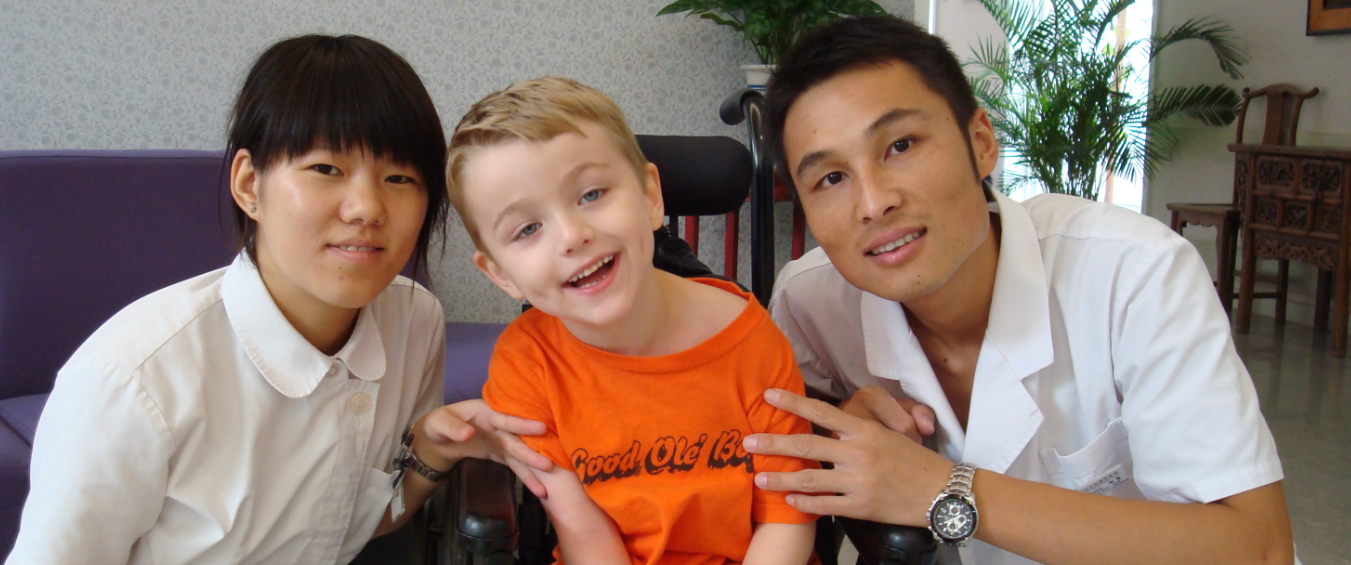
Beijing Puhua International Hospital has received and treated thousands of patients with cerebral palsy, among them the youngest patient is only 8 months old and the eldest patient is 36 years old. After treatment, the vast majority of patients have different degrees of improvement which is mainly reflected in speech function, intelligence, muscle strength, muscle tone, limbs activity, epilepsy, spasm and so on. Many patients even got a significant improvement in muscle tone during the surgery, and the treatment effect was lasting. As for the treatment of cerebral palsy, Puhua Hospital combines unique rehabilitation training with traditional Chinese medicine treatment, by using a variety of advanced rehabilitation equipments, gives symptomatic treatment according to patients’ different characteristics in order to help them with the greatest degree of improvement.
Click the button below to learn more about comprehensive treatment for Cerebral Palsy at BPIH and its other options!




Share this listing